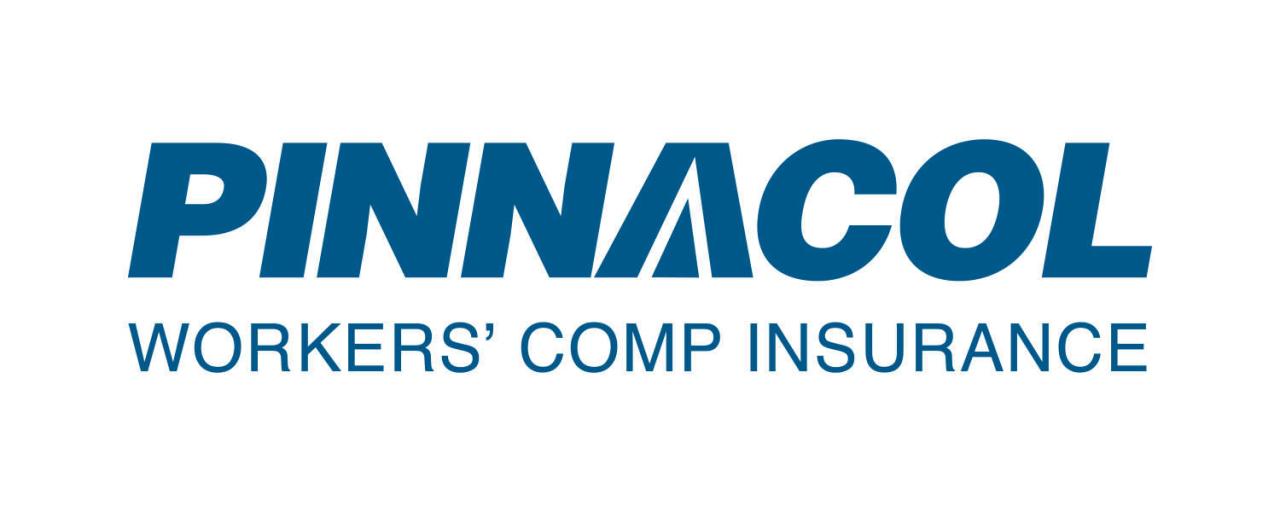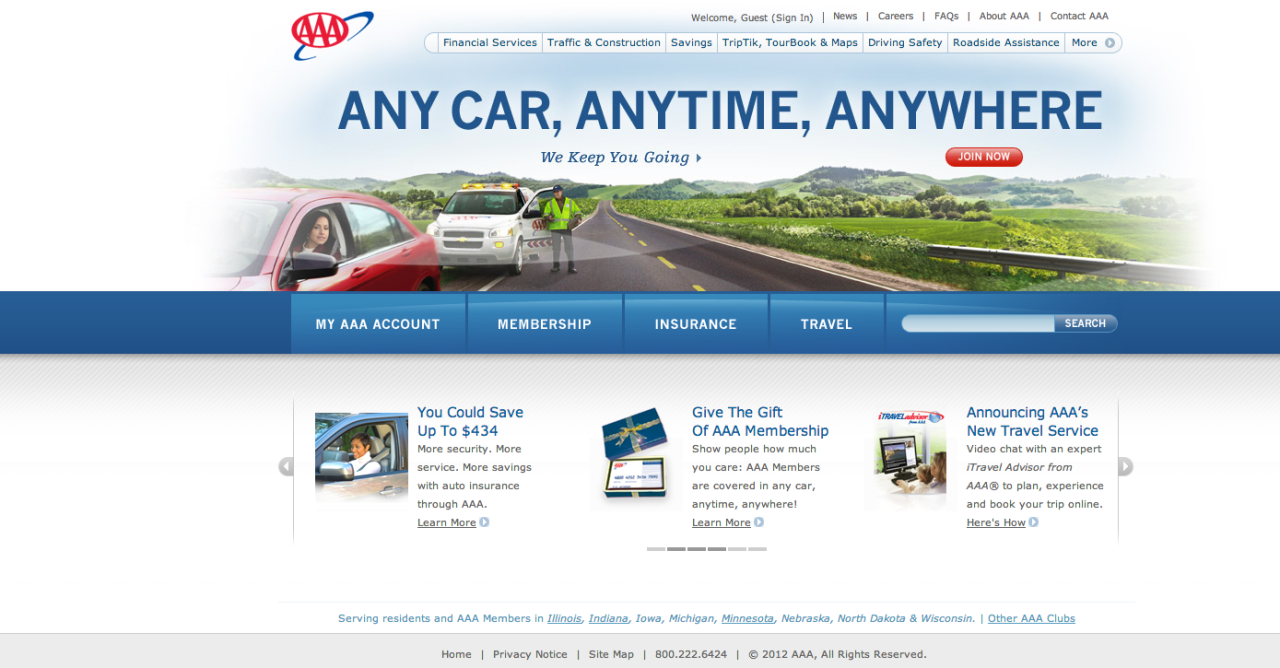All Lines Insurance: A Comprehensive Guide to Protecting Your Business and Assets
In the complex and ever-evolving world of business, risk is a constant companion. From property damage and liability claims to unforeseen accidents and natural disasters, businesses face a multitude of potential threats that can jeopardize their operations and financial stability. This is where all lines insurance emerges as a vital shield, offering comprehensive protection against a wide range of risks. All lines insurance, also known as multi-line insurance, is a type of coverage that combines multiple insurance policies into a single package, providing businesses and individuals with a comprehensive safety net against a broad spectrum of potential losses. This approach not only simplifies insurance management but also ensures that all critical aspects of an organization or individual’s assets are adequately protected. What is All Lines Insurance? All lines insurance is a comprehensive type of insurance that covers a wide range of risks, including property, liability, and casualty. It provides protection against financial losses that may arise from various unforeseen events. Components of All Lines Insurance All lines insurance encompasses several key components, each designed to address specific types of risks. Property Coverage Property coverage protects against financial losses resulting from damage to or destruction of physical assets. This coverage typically includes: Buildings: Coverage for structures, such as homes, businesses, or factories, against perils like fire, windstorms, earthquakes, and vandalism. Contents: Protection for personal belongings, equipment, inventory, and other contents within a building against similar perils. Liability Coverage Liability coverage safeguards individuals and organizations against financial claims arising from injuries or damages caused to others. This type of coverage typically includes: Bodily Injury Liability: Protection against claims for medical expenses, lost wages, and pain and suffering resulting from injuries caused by the insured. Property Damage Liability: Coverage for claims related to damage to another person’s property caused by the insured’s actions or negligence. Casualty Coverage Casualty coverage provides protection against financial losses stemming from accidents, injuries, and other unforeseen events that may cause harm to individuals or property. This coverage typically includes: Workers’ Compensation: Protection for employers against claims from employees injured or disabled while performing their duties. Commercial General Liability: Coverage for businesses against claims arising from accidents or injuries occurring on their premises or due to their operations. Professional Liability (Errors and Omissions): Protection for professionals, such as doctors, lawyers, and accountants, against claims arising from professional negligence or mistakes. Types of Risks Covered Under All Lines Insurance All lines insurance provides coverage for a wide range of risks, including: Natural Disasters: Earthquakes, floods, hurricanes, tornadoes, and wildfires. Accidents: Car accidents, slip-and-fall accidents, and workplace accidents. Theft and Vandalism: Burglary, robbery, and malicious damage to property. Liability Claims: Claims arising from negligence, product defects, or other acts that cause harm to others. Health and Disability: Coverage for medical expenses, lost wages, and other expenses due to illness or injury. Business Interruption: Protection for businesses against losses incurred due to temporary closure or disruption of operations following an insured event. Benefits of All Lines Insurance All lines insurance, also known as multi-line insurance, provides comprehensive protection against various risks by bundling multiple insurance policies into one package. This type of insurance offers numerous benefits for both businesses and individuals, simplifying coverage and potentially reducing costs. Advantages for Businesses Businesses can significantly benefit from all lines insurance. By combining multiple policies into a single package, businesses can streamline their insurance management, simplifying administration and reducing paperwork. This can save time and resources, allowing businesses to focus on core operations. Furthermore, all lines insurance can lead to cost savings through discounts and bundled premiums. Insurance companies often offer discounts for combining multiple policies, which can result in lower overall premiums compared to purchasing individual policies. This can be a substantial financial advantage for businesses, especially those with complex insurance needs. Advantages for Individuals Individuals can also benefit from all lines insurance. By bundling their home, auto, and other personal insurance policies, they can simplify their insurance management and potentially reduce their premiums. This can provide peace of mind knowing they have comprehensive coverage for their assets and liabilities. All lines insurance can also offer additional benefits for individuals, such as: Convenience: Individuals can manage all their insurance policies through a single provider, simplifying communication and claim processes. Increased Protection: By combining multiple policies, individuals can ensure they have adequate coverage for all their assets and liabilities, minimizing financial risks in case of unforeseen events. Potential Cost Savings: Insurance companies often offer discounts for bundling multiple policies, potentially reducing premiums and saving money. Comparison with Individual Insurance Policies While all lines insurance offers numerous advantages, it is crucial to consider its limitations and compare it with individual insurance policies. Flexibility: Individual policies offer greater flexibility in customizing coverage to specific needs, while all lines insurance may have standardized coverage options. Cost: While all lines insurance can offer discounts, it is essential to compare premiums with individual policies to determine the most cost-effective option. Claims Process: The claims process for all lines insurance may be more complex compared to individual policies, as it involves multiple coverages. It is essential to weigh the advantages and disadvantages of all lines insurance against individual policies based on individual needs and circumstances. Consulting with an insurance broker or agent can provide valuable insights and help determine the most suitable insurance solution. Types of All Lines Insurance All lines insurance encompasses a broad range of coverage options, catering to various needs and risks. It is essential to understand the different types of policies available to ensure you select the most suitable protection for your specific circumstances. Types of All Lines Insurance Based on Coverage All lines insurance policies can be categorized based on the types of risks they cover. Some common categories include: Property Insurance: This type of insurance covers damage or loss to physical assets, such as buildings, structures, and personal belongings. It is further divided into various sub-categories, including: Homeowners Insurance: This policy protects your home and personal belongings from risks like fire, theft, and natural disasters. It also provides liability coverage in case someone is injured on your property. Commercial Property Insurance: This insurance covers businesses against losses to their buildings, equipment, and inventory. It often includes coverage for business interruption, which helps compensate for lost revenue due to a covered event. Renters Insurance: This policy protects your personal belongings while renting an apartment or house. It also provides liability coverage in case someone is injured in your rented space. Liability Insurance: This type of insurance protects you from financial losses arising from legal claims due to injuries or damages caused by you or your actions. It includes: General Liability Insurance: This policy covers businesses for claims arising from accidents or injuries that occur on their premises or as a result of their operations. It also covers product liability, which protects businesses from claims arising from defective products. Professional Liability Insurance (Errors & Omissions): This policy protects professionals, such as doctors, lawyers, and accountants, from claims arising from negligence or errors in their services. … Read more










